Closer concordance with AASLD and OPTN criteria • LIRADS and AASLD now have identical criteria for definite HCC • LIRADS and OPTN now have almost identical criteria for HCC, with one exception (below) ⚠️Exception 10 19 mm APHE nonperipheral "washout" = LR5, but does not meet OPTN Class 5 criteriaSince guidelines have various criteria to define HCC depending on the size of the lesion, further subclassifications were made for lesions ≥2cm and between 12cm Except of KLCSGNCC, no other classification categorizes lesions <1cm as HCC, therefore no comparison was made in such lesionsCriteria should be applied only to patients with cirrhosis of any etiology and to patients with chronic hepatitis B who may not have fully developed cirrhosis or have regressed cirrhosis Interpretation of biopsies and distinction between highgrade dysplatic nodules and HCC is challenging Expert pathology diagnosis is re
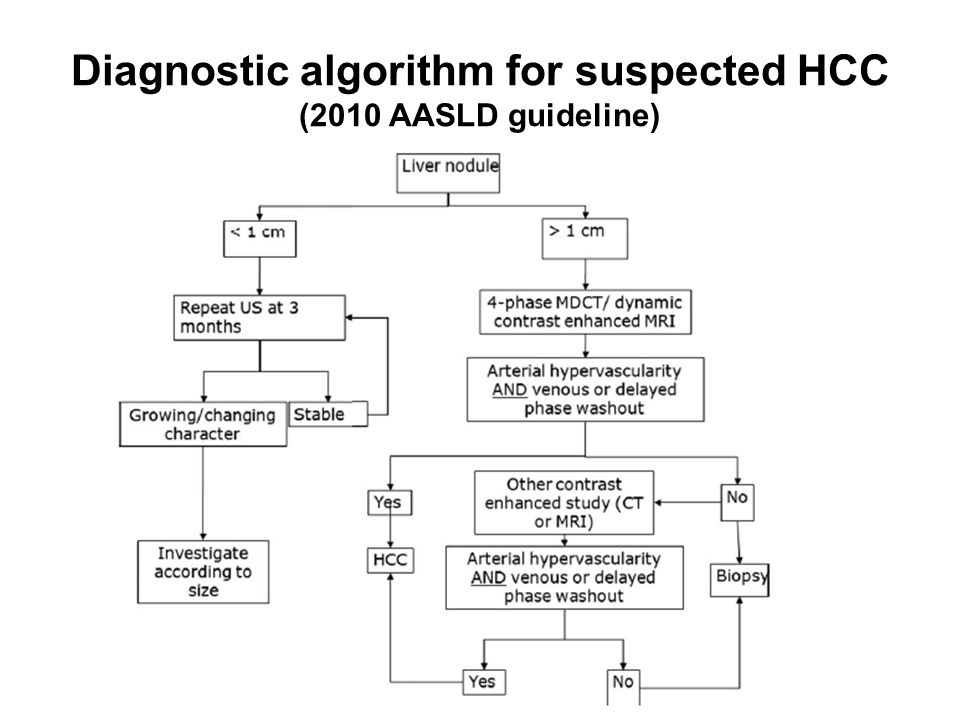
Management Of Hepatocellular Carcinoma Ppt Download
Aasld guidelines hcc 2020
Aasld guidelines hcc 2020-AASLD guidelines divide therapeutic concur that liver transplantation is the best available curative option for patients with earlystage nonresectable HCC who meet the Milan criteriaFor patients who do not meet these criteria, the UCSF Down Staging (UCSFDS) protocol has proven that HCC patients who achieved successful downstaging to Milan criteria had similar outcomes after



1
Clinical diagnosis of HCC without biopsy is a routine clinical practice,9since guidelines by the European Association for the Study of the Liver (EASL)10and the American Association for the Study of Liver Diseases (AASLD)11have proposed clinical diagnosis of HCC based on a typical enhancement pattern during dynamic imaging and/or elevated serum AFP level in highrisk groupsBy AASLD criteria, depending on age, sex, and disease activity, annual incidence rates ranged from 007%394% for cirrhosis, from 004%219% for HCC in patients without cirrhosis, and 040%8% for HCC in patients with cirrhosisOver the years, the AASLD has made several updates to its HCC guidelines, with the most recent occurring in 12 This current update was needed to reflect changes and advances since the 12 guidelines HCC is a very important clinical problem for the medical professionals who take care of patients with liver disease
The following diagnostic recommendations are from AASLD practice guidelines on HCC Nodules >1 cm found on ultrasound screening of a cirrhotic liver should be investigated further with either 4phase multidetector computed tomography scan or dynamic contrastenhanced magnetic resonance imaging scanAASLD/EASL criteria for HCC Size Characteristics c/w HCC Further workup of equivocal lesions >Thus, they were amended in 00 by a panel of experts convened by the European Association for the Study of the Liver (EASL) to take into account treatment
Reduces but does not eliminate the risk of HCC development (evidence moderate) Antiviral therapies should follow the EASL guidelines for management of chronic hepatitis B and C infection Patients with HCVassociated cirrhosis and HCC treated with curative intent, maintain a high rate of HCC recurrence even after subsequent DAA therapy resulting inThe diagnostic accuracy of both the AASLD and the LIRADS criteria were determined based on their sensitivity, specificity, positive (PPV) and negative predictive values (NPV) RESULTS A total of 595 nodules were included (559 341 HCC, 61% with MR imaging and 529 332 HCCFor the development of HCC The prevalence of cirrhosis among patients with HCC has been estimated to be 85%95%,(7,8) and the HCC incidence rate among patients with cirrhosis has been shown to be 2%4% per year(9) Therefore, patients with cirrhosis constitute a highrisk group for efforts at prevention and early detection The fact that patients with HCC



New Jersey Liver Pancreas Surgery




Pdf Apasl And sld Consensus Guidelines On Imaging Diagnosis Of Hepatocellular Carcinoma A Review
And no regional, nodal, or distant metastasesHCC Clinical update and hints from AASLD 17 guidelines mainly about surveillance, diagnosis and treatment of Hepatocellular carcinoma in different stagesAASLD continues to recommend HCC surveillance of adults with cirrhosis every six months New for 18 is a recommendation for ultrasound or ultrasound plus AFP (alphafetoprotein level) The current recommendation for diagnosis is either CT or MRI There is no firm evidence favoring either modality, Dr Heimbach said




Pdf Contrast Enhanced Ultrasound For The Diagnosis Of Hepatocellular Carcinoma Hcc Comments On sld Guidelines




Comparison Of Recall Policy Between The American Association For The Download Scientific Diagram
Sld guidelines hcc surveillance sld guidelines hcc surveillanceUnderstanding And Implementing The sld S Hbv Practice Guidelines Ppt DownloadHowever, he noted that the AASLD HCC Practice Guidance issued in 18 said that risk for HCC for patients with HCVrelated cirrhosis who develop SVR after DAA is "lowered, but not eliminated, and therefore patients with cirrhosis and treatedStudy of Liver Diseases (AASLD) published practice guidelines for the diagnosis and manage



Www sld Org Sites Default Files 19 06 sld 18 Hcc Guidance On Diagnosis 2c Staging And Management Hep 281 29 Pdf




Primary Liver Cancer Hepatocellular Carcinoma And Cholangiocarinoma Patrick
(AASLD) and is an update to the Practice Guideline published in 12 in conjunction with the American Gastroenterology Association and the American College of Gastroenterology (ACG)(1) Sections where there have been no notable newer publications are not modified, so some paragraphs remain unchanged ThisSPIOMR showed a pattern consistent with HCC in 5 of 10 HCCs, not satisfying the EASL noninvasive criteria, and was negative in 17 of 18 (944%) nonmalignant nodules The review of the present case series according to the AASLD criteria for the noninvasive diagnosis of HCC yielded a sensitivity rate of 818%The gold standard for the diagnosis of HCC was the concordance of 05 and 10 AASLD radiological criteria 2, 7 and histology in the remaining cases An at least 6 month enhanced followup was required to confirm histological nonmalignancy



1
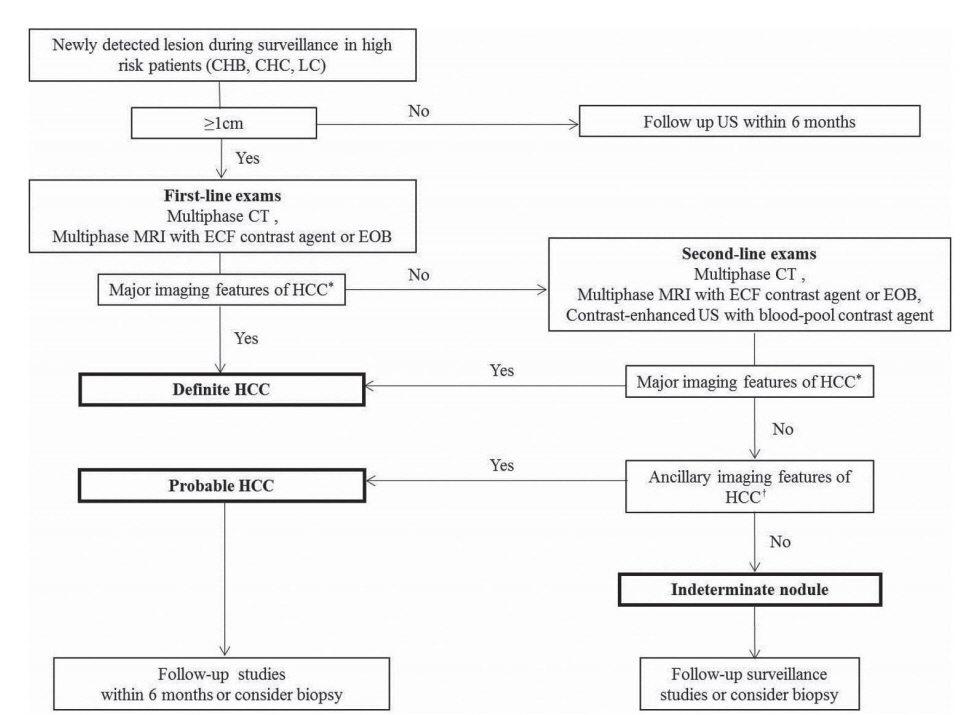



Comparison Of International Guidelines For Noninvasive Diagnosis Of Hepatocellular Carcinoma 18 Update
2 cm (1) Arterial enhancement with venous washout or (2) AFP >0 ng/mL Biopsy 12 cm (1) dynamic studies (CT or MRI) demonstrating characteristic enhancement Biopsy <The APASL definition of typical HCC appearance on imaging is comparable with that advocated by the 10 updated AASLD guidelines, namely, arterial phase hypervascularity and venous phase washout on a single imaging modality, with the exception that the APASL criteria are applicable regardless of lesion sizeMost lesions classified as LIRADS LR5 (ie, definitely HCC) meet the criteria for OPTN class 5 (ie, meets radiologic criteria for HCC) One important difference is that LIRADS includes 10 to 19 mm lesions with arterial phase hyperenhancement and washout appearance as meeting LR5 criteria (ie, definitely HCC);




19 Chinese Clinical Guidelines For The Management Of Hepatocellular Carcinoma Updates And Insights Xie Hepatobiliary Surgery And Nutrition




Management Of Hepatocellular Carcinoma Ppt Download
New AASLD HCC Guidelines are in process of being written Proposal We are the world Need to look at HCC as a global disease criteria to be assigned an equivalent LR category The final category may be adjusted using ancillary features and then tiebreaking rulesThe 18 ESMO Clinical Practice Guidelines on hepatocellular carcinoma (HCC) are conceived to provide the standard approach to diagnosis and local and systemic treatment of HCC New recommendations are provided regarding the locoregional management and the systemic treatment with lenvatinib, regorafenib, cabozantinib, ramucirumab and the antiPD1 antibodiesSurveillance is associated with earlier HCC detection, higher rates of cure, and higher overall survival in patients with cirrhosis 3,4 According to the 18 guidance document issued by the American Association for the Study of Liver Diseases (AASLD), surveillance ultrasound imaging should be performed every 6 months 5 Surveillance should be offered to cirrhosis patients when risk of HCC



Plos One Non Invasive Diagnostic Criteria Of Hepatocellular Carcinoma Comparison Of Diagnostic Accuracy Of Updated Li Rads With Clinical Practice Guidelines Of Optn Unos sld Nccn Easl Eortc And Klscg Ncc




One World One Pandemic Many Guidelines Management Of Liver Diseases During Covid 19 Abstract Europe Pmc
By AASLD or Barcelona criteria, HCC was defined as any nodule greater than or equal to 1 or 2 cm, respectively, with hyperenhancement relative to background liver on arterial phase and hypoenhancement relative to background liver on portal venous or delayed phasesThe Milan criteria are the most commonly used criteria for assessing liver transplant eligibility among patients with HCC The criteria are as follows 29 a single lesion measuring 5 cm or less or up to three separate lesions, each measuring 3 cm or less;Nodules were diagnosed as HCC by AASLD criteria when they displayed a specific vascular profile (hyperenhancement during the arterial phase and washout during portal venous and/or delayed phases) Nodules were classified as LR1 to LR5 by LIRADS criteria




Pdf sld Practice Guideline Management Of Hepatocellular Carcinoma An Update




Practice Guidelines sld
Most of the differences between the AASLD and APASL guidelines for the radiological diagnosis of HCC lie in the approach to lesions that do not demonstrate the classical imaging features of HCC The AASLD essentially does not recognise use of nonvascular imaging criteria, and in the absence of the classical arterial hypervascularity and venous washout pattern of HCC,Tion for the Study of Liver Diseases (AASLD) provides datasupported recommendations for surveillance, diagnosis, staging, and treat ment of HCC 5, 7, 9 The current AASLD guidelines are as follows Routine screening is recommended for HCC in patients at high Keywords guidelines, hepatocellular carcinoma,This led to HCC being a contraindication for orthotopic liver transplantation (OLT) until 1996, when the Milan criteria (1 lesion ≤5 cm, 3 lesions with no one >3 cm, no vascular invasion, and no metastasis) were introduced (Table 1) 1, 2 PostOLT 5year overall survival (OS) exceeds 70% in those within the Milan criteria 3 To this end, the United Network for Organ Sharing (UNOS) has recognized that patients with HCC who meet specific criteria




New Data Supporting Modified Recist Mrecist For Hepatocellular Carcinoma Clinical Cancer Research
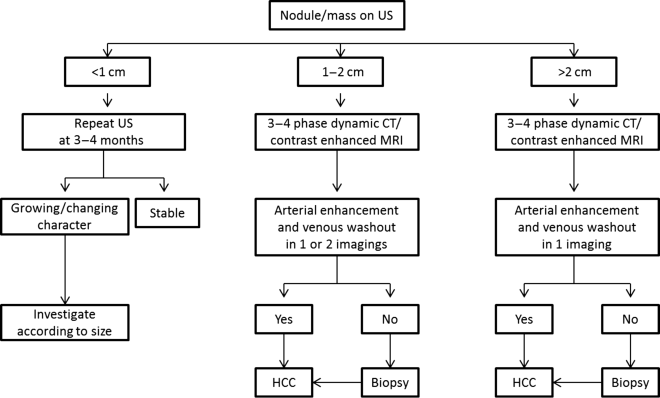



Hepatocellular Carcinoma Abdominal Key
A FNB was performed when required to meet both 05 and 10 AASLD criteria RESULTS Eightyfour (70%) nodules were HCC the radiological diagnosis was done in 38 (%) of those 12cm and in 38 (95%) for those >2cm HCCs according to 10 AASLD criteria CT or MRI detected 13 HCC nodules that were missed by unenhanced US1 To see the most recent recommendations pertaining to surveillance for hepatocellular carcinoma, open the document AASLD Guidelines for the Treatment of Hepatocellular Carcinoma 2 Review pages , including the recommendations at the bottom of page 361 and top of 362Presenters will discuss the rising burden of NASHHCC such as its contribution to liver transplant, morbidity and mortality and cost Along with differences in gender, presentation, prognosis and screening data, prevention, treatments such as resection versus liver transplant versus other therapies Zobair M Younossi




Diagnostic Algorithm For Hepatocellular Carcinoma Of American Download Scientific Diagram



1
Ment of hepatocellular carcinoma in Hepatology (8) In 11, the guidelines were updated, with changes made to the diagnostic criteria on the basis of new evidence (9) AASLD advocates the use of the Barcelona Clinic Liver CancerIn MR imaging diagnosis of hepatocellular carcinoma (HCC) for 1–2cm nodules detected at surveillance US, our proposed preliminary criteria—nodules fitting the American Association for the Study of Liver Diseases (AASLD) practice guideline or having three or more MR findings—potentially provide improvement in sensitivity while maintaining high specificity in diagnosing HCCConclusion Our new diagnostic algorithm demonstrated significantly higher sensitivity and comparable specificity than those of the AASLD imaging criteria for HCC in patients with cirrhosis evaluated using GdEOBDTPA MRI, even for lesions ≤2 cm Moreover, this diagnostic algorithm allowed evaluating other lesions which could arise in a cirrhotic liver, such as early HCC




Liver Imaging Reporting And Data System Li Rads Version 18 Imaging Of Hepatocellular Carcinoma In At Risk Patients Abstract Europe Pmc




19 Chinese Clinical Guidelines For The Management Of Hepatocellular Carcinoma Updates And Insights Xie Hepatobiliary Surgery And Nutrition
Studies have found that HCC surveillance is associated with early HCC diagnosis, curative treatment and improved survival in patients with cirrhosis16–19 However, the majority of these studies took place before the 11 AASLD revision that recommended every 6month imaging instead of 6–12 month imaging–25 Therefore, it is unclear if adherence in the USAImagingbased diagnostic systems play important roles in hepatocellular carcinoma (HCC) We aimed to compare the diagnostic performance of recently updated imaging criteria for HCCs ≤ 30 cm on gadoxetate disodiumenhanced magnetic resonance imaging (MRI) 493 nodules (399 HCCs, 24 other malignancies, 70 benign) 10–30 cm from 400 patients, including 322 male1cm Arterial enhancement may not correspond to HCC Surveillance imaging




Kaplan Meier Survival Analysis By sld Guidelines For Hcc Tumors Less Download Scientific Diagram



Non Invasive Diagnostic Criteria Of Hepatocellular Carcinoma Comparison Of Diagnostic Accuracy Of Updated Li Rads With Clinical Practice Guidelines Of Optn Unos sld Nccn Easl Eortc And Klscg Ncc
Indication for HCC Surveillance In 18, the American Association for the Study of Liver Diseases (AASLD) issued updated guidelines for the Treatment of Hepatocellular Carcinoma The 18 AASLD HCC Guidelines recommend that all adults with cirrhosis of any etiology, should have surveillance for HCC because surveillance improves survival and increases the detection of earlystage HCCScreening recommendations for cirrhotic adults Cirrhosis is the strongest predisposing factor for HCC formation Nearly 85%95% of HCC is developed on the cirrhotic liver 1618These patients have a lifetime risk of developing HCC by 30% with leading cause of liver related death in compensated cirrhosis 2,19,The risk varies with the underlying condition;HCC Recall and Diagnosis Patients with a lesion ≥1 cm on ultrasound or AFP > ng/mL on surveillance imaging should undergo diagnostic evaluation with a multiphasic CT or MRI 14 The AASLD guidelines endorse the use of LIRADS, a comprehensive system that aims to standardize the interpretation and reporting for diagnostic imaging




Diagnosis Of Hepatocellular Carcinoma An Update On International Guidelines Sciencedirect
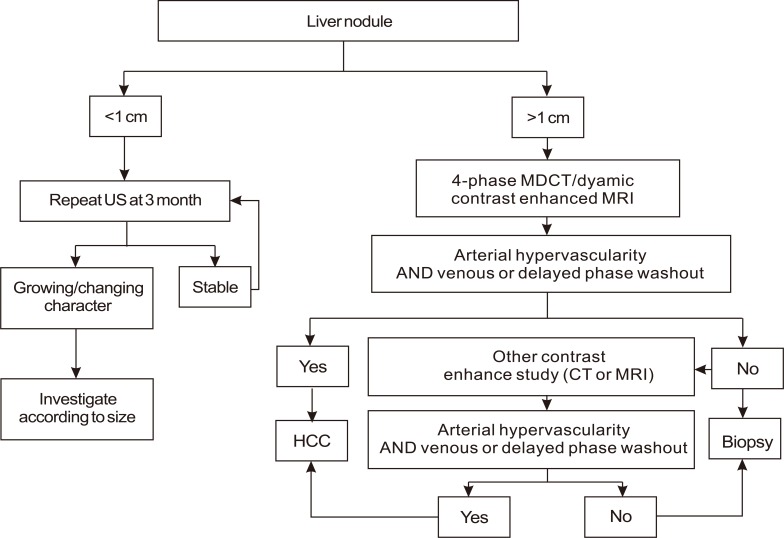



Changes Of Guidelines Diagnosing Hepatocellular Carcinoma During The Last Ten Year Period
Program is determined by the level of risk for HCC while also taking into account the patient's age, overall health, functional status, and willingness and ability to comply with surveillance requirements The level of HCC risk, in turn, is indicated by the estimated incidence of HCC However ther, e are no experimental data–Meeting imaging criteria for HCC (LIRADS 5 as defined per AASLD guidelines and LIRADS v18) –≥2 contrastenhanced imaging studies performed ≥30 days apart prior to HCC treatment • Aim to quantify tumour growth rates and identify clinical correlates of indolent tumour growthIn the OPTN system, such lesions are not considered HCC




The Diagnostic Algorithm From The sld For Hcc In Patients Who Have Download Scientific Diagram




Easl Clinical Practice Guidelines Management Of Hepatocellular Carcinoma Journal Of Hepatology
Updated recommendations from the American Association for the Study of Liver Diseases (AASLD) include the preferred diagnostic, therapeutic, and preventive approaches to chronic hepatitis B virusMeasurement of response rate in hepatocellular carcinoma (HCC) has become a controversialissueTheWorld Health Organization (WHO)criteria underestimate the actual response rate;




Primary Liver Cancer Hepatocellular Carcinoma And Cholangiocarinoma Patrick




A Practical Guideline For Hepatocellular Carcinoma Screening In Patients At Risk Mayo Clinic Proceedings Innovations Quality Outcomes
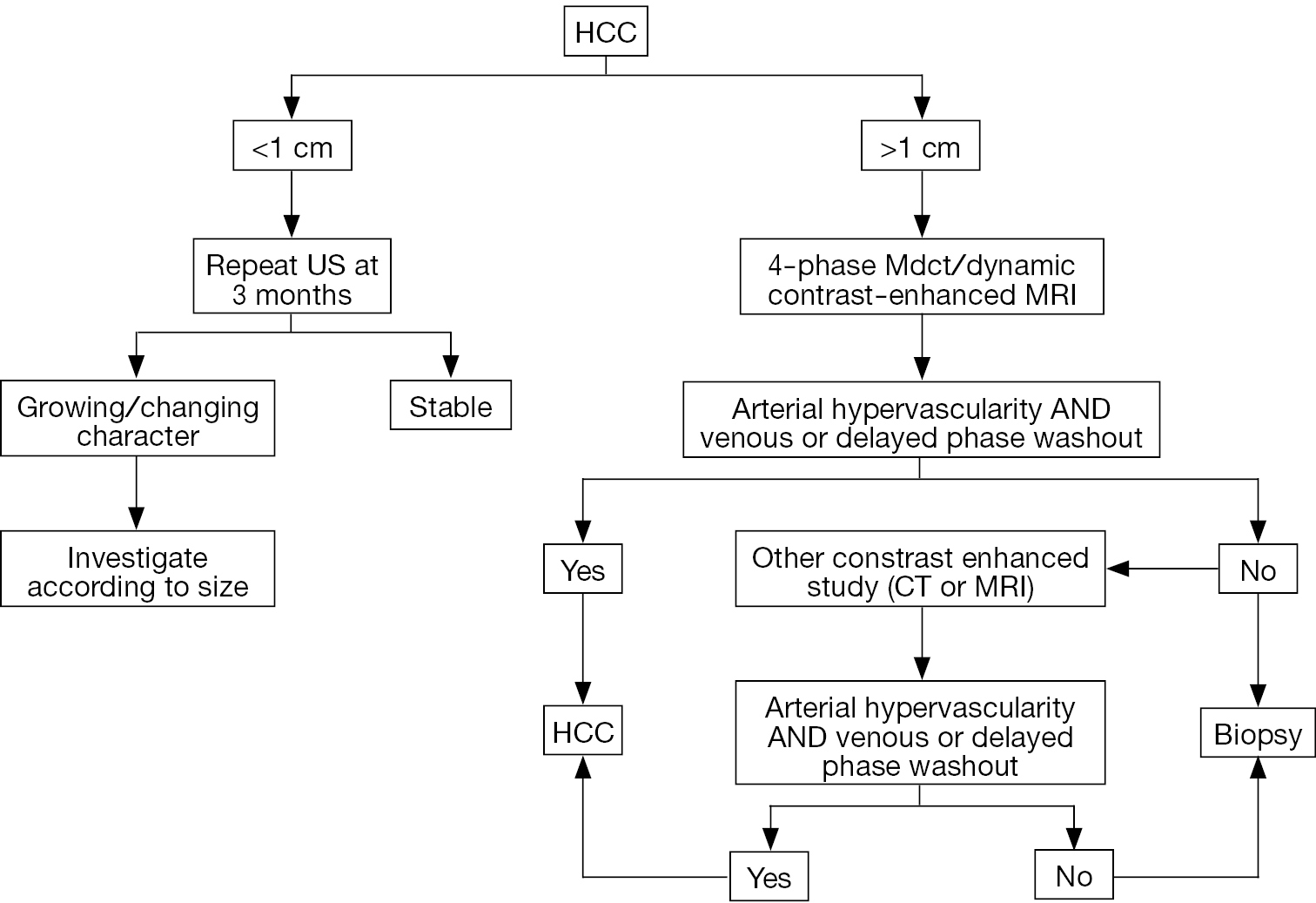



Review On Liver Transplant For Hepatocellular Carcinoma Chiao Translational Cancer Research



Plos One Non Invasive Diagnostic Criteria Of Hepatocellular Carcinoma Comparison Of Diagnostic Accuracy Of Updated Li Rads With Clinical Practice Guidelines Of Optn Unos sld Nccn Easl Eortc And Klscg Ncc



sld Guidelines Varices




Practice Guidelines sld
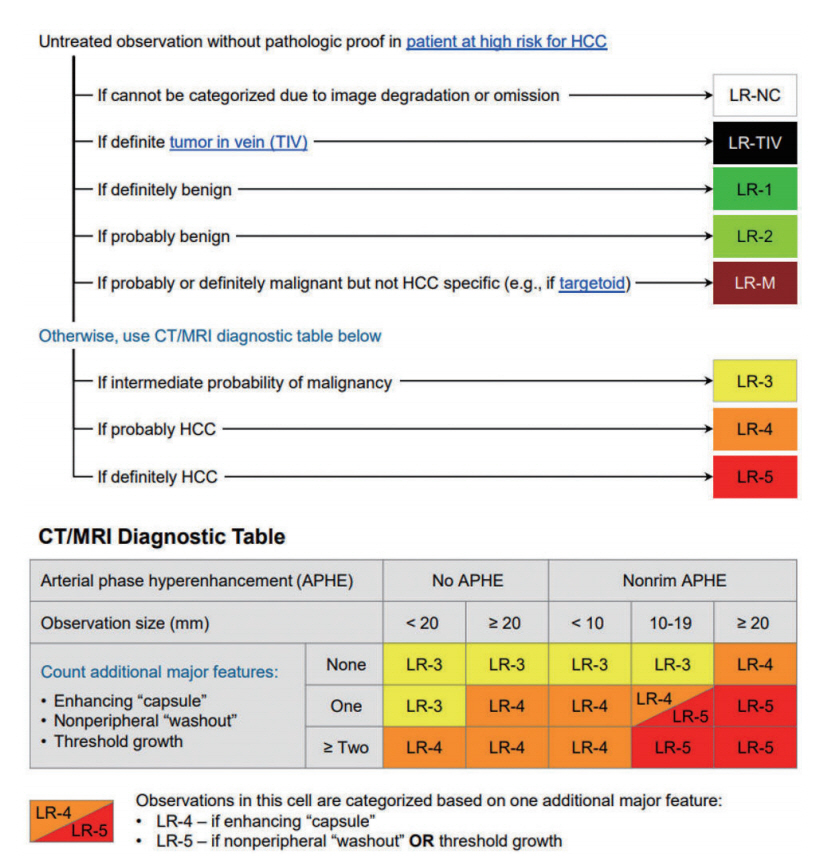



Comparison Of International Guidelines For Noninvasive Diagnosis Of Hepatocellular Carcinoma 18 Update




Comparison Of The Diagnostic Performance Of The 17 And 18 Versions Of Li Rads For Hepatocellular Carcinoma On Gadoxetic Acid Enhanced Mri Clinical Radiology




Hepatocellular Carcinoma In Veterans Multidisciplinary Approaches To A Growing Clinical Challenge This Program Is Supported By Educational Grants From Ppt Download




Comparison Of The Current International Guidelines On The Management Of Hcc Semantic Scholar




Practice Guidelines sld



Www Journal Of Hepatology Eu Article S0168 78 18 0 Pdf




Trial Design And Endpoints In Hepatocellular Carcinoma sld Consensus Conference Llovet 21 Hepatology Wiley Online Library
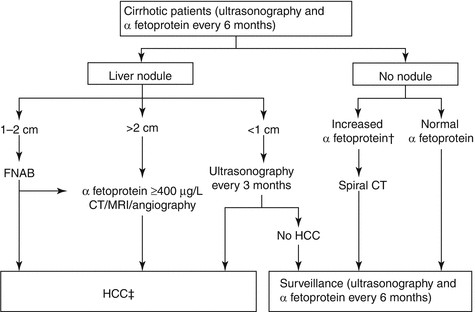



Diagnosis Of Small Hepatocellular Carcinoma Radiology Key




Surveillance For Hepatocellular Carcinoma Pdf Free Download




Practice Guidelines sld



Plos One Non Invasive Diagnostic Criteria Of Hepatocellular Carcinoma Comparison Of Diagnostic Accuracy Of Updated Li Rads With Clinical Practice Guidelines Of Optn Unos sld Nccn Easl Eortc And Klscg Ncc



1




Easl Clinical Practice Guidelines Management Of Hepatocellular Carcinoma Journal Of Hepatology




Easl Eortc Clinical Practice Guidelines Management Of Hepatocellular Carcinoma Journal Of Hepatology




Hepatocellular Carcinoma Algorithms Of Diagnosis And Options Of Therapy Pdf Free Download




Diagnostic Algorithm Of sld Guideline For Nodule By Detected Us In Download Scientific Diagram




Practice Guidelines sld



Www Journal Of Hepatology Eu Article S0168 78 17 1 Pdf




Adherence To sld Guidelines For The Treatment Of Hepatocellular Carcinoma In Clinical Practice Experience Of The Bologna Liver Oncology Group Digestive And Liver Disease




sld Guidelines For The Treatment Of Hepatocellular Carcinoma Heimbach 18 Hepatology Wiley Online Library




sld Publications Facebook
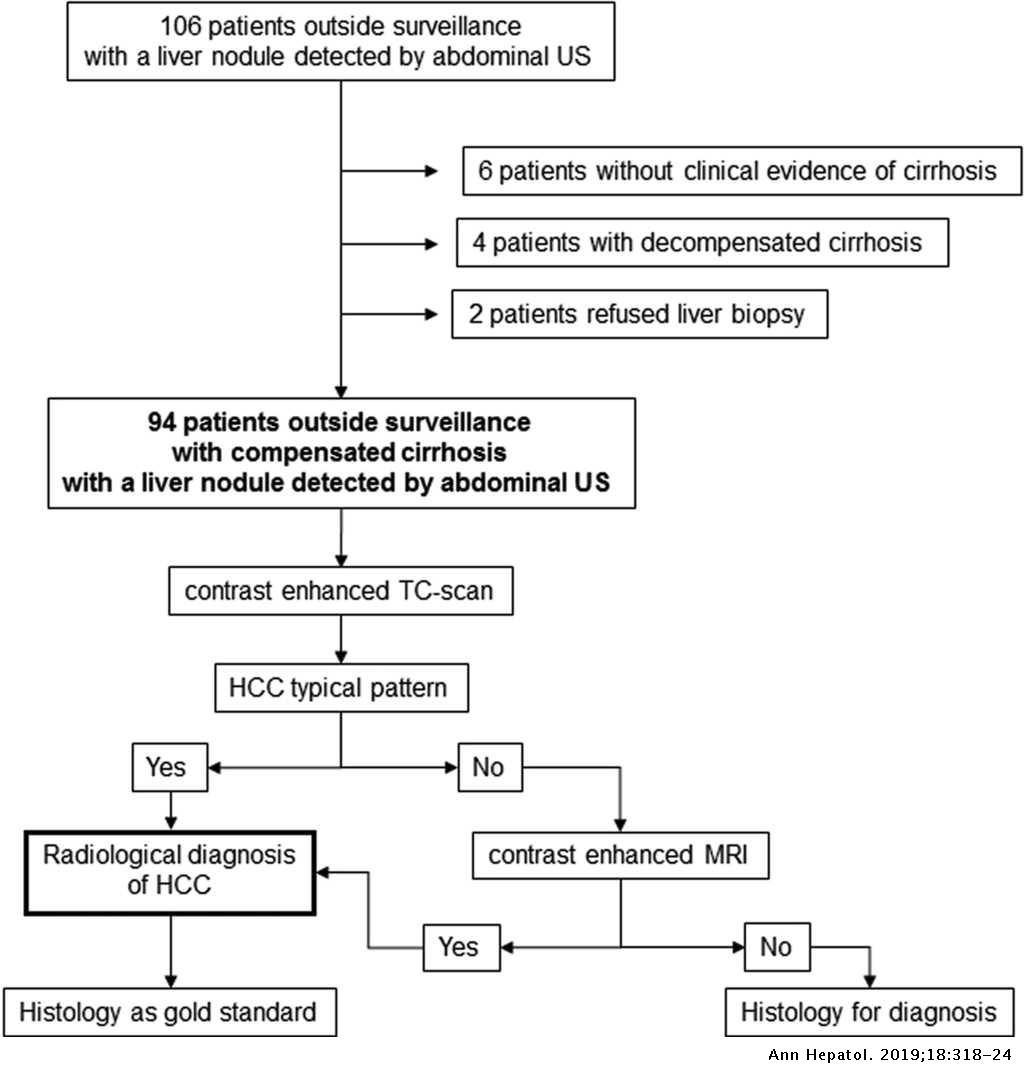



Contrast Imaging Techniques To Diagnose Hepatocellular Carcinoma In Cirrhotics Outside Regular Surveillance Annals Of Hepatology




Clinical And Economical Impact Of 10 sld Guidelines For The Diagnosis Of Hepatocellular Carcinoma Journal Of Hepatology




sld Guidelines




Pdf sld Practice Guideline Management Of Hepatocellular Carcinoma An Update




Practice Guidelines sld




Comparison Of The Current International Guidelines On The Management Of Hcc Jhep Reports




Diagnosis Staging And Management Of Hepatocellular Carcinoma 18 Practice Guidance By The American Association For The Study Of Liver Diseases Marrero 18 Hepatology Wiley Online Library




New Frontiers In Liver Resection For Hepatocellular Carcinoma Jhep Reports




Hepatocellular Carcinoma Hcc Resection Versus Transplantation Francis Yao M D Pdf Free Download




Primary Liver Cancer Hepatocellular Carcinoma And Cholangiocarinoma Patrick
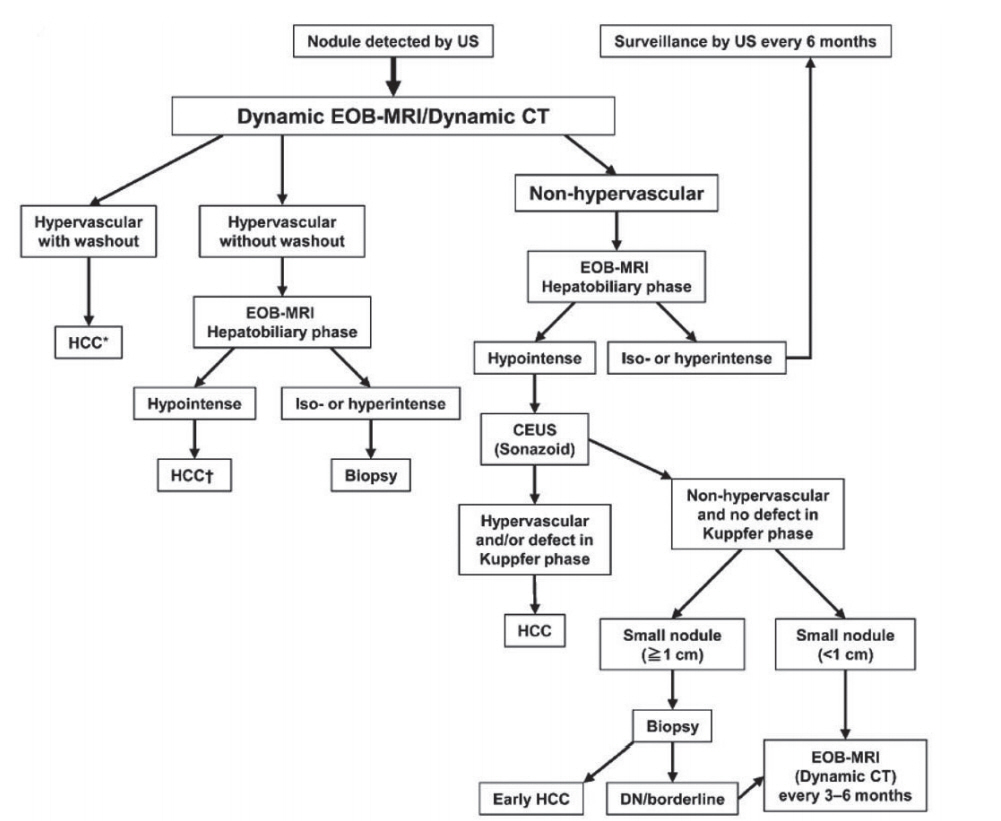



Comparison Of International Guidelines For Noninvasive Diagnosis Of Hepatocellular Carcinoma 18 Update




Hepatocellular Carcinoma Nature Reviews Disease Primers




Figure 3 From Imaging Approach To Hepatocellular Carcinoma Cholangiocarcinoma And Metastatic Colorectal Cancer Semantic Scholar




Pdf sld Practice Guideline Management Of Hepatocellular Carcinoma An Update




Contrast Imaging Techniques To Diagnose Hepatocellular Carcinoma In Cirrhotics Outside Regular Surveillance Sciencedirect
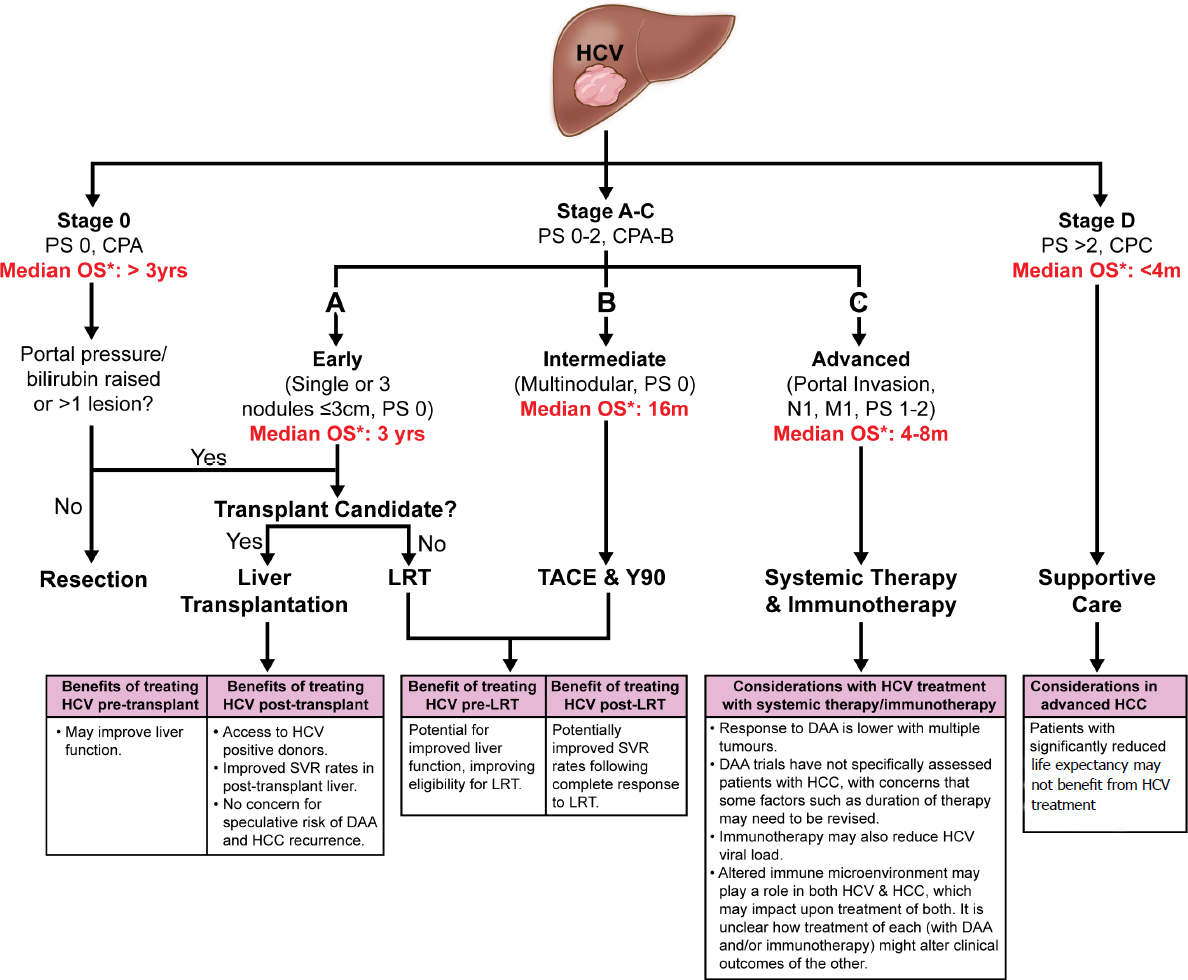



Management Of Concomitant Hepatocellular Carcinoma And Chronic Hepatitis C A Review




Practice Guidelines sld




The lc Staging System For Hcc From sld Practice Guideline In 05 1 Download Scientific Diagram



1




Diagnostic Algorithm For Suspected Hepatocellular Carcinoma Hcc Of Download Scientific Diagram
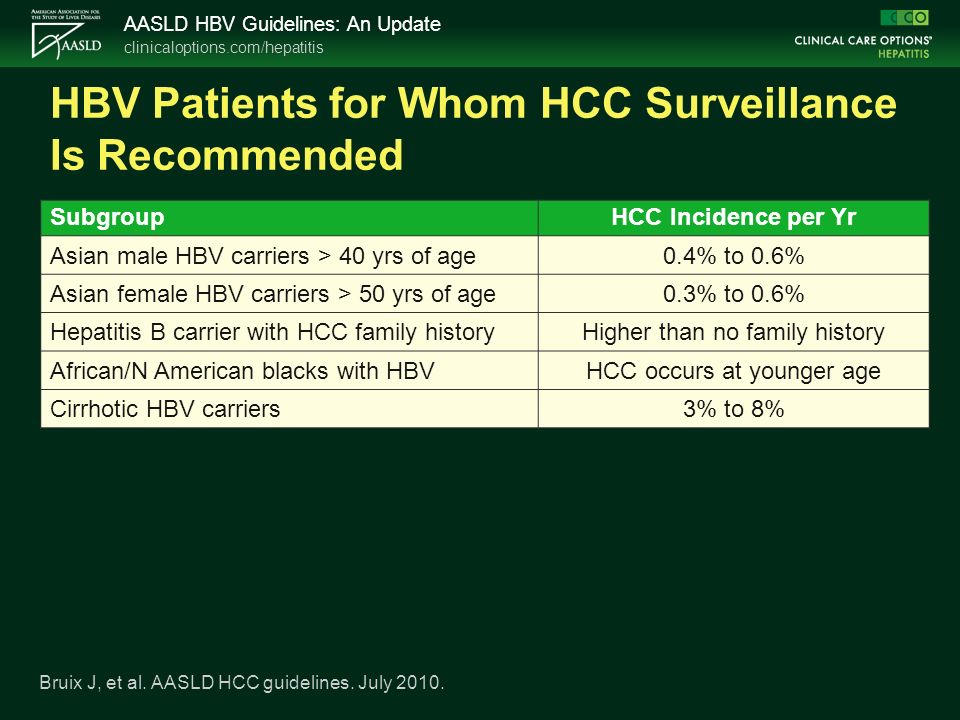



Understanding And Implementing The sld S Hbv Practice Guidelines Ppt Download



Plos One Non Invasive Diagnostic Criteria Of Hepatocellular Carcinoma Comparison Of Diagnostic Accuracy Of Updated Li Rads With Clinical Practice Guidelines Of Optn Unos sld Nccn Easl Eortc And Klscg Ncc




Easl Clinical Practice Guidelines Management Of Hepatocellular Carcinoma Journal Of Hepatology




Is There A Standard For Surgical Therapy Of Hepatocellular Carcinoma In Healthy And Cirrhotic Liver A Comparison Of Eight Guidelines Bmj Open Gastroenterology




Hcc Guidelines Ppt Video Online Download



sldpubs Onlinelibrary Wiley Com Doi Pdf 10 1002 Hep




Diagnosis Staging And Management Of Hepatocellular Carcinoma 18 Practice Guidance By The American Association For The Study Of Liver Diseases Marrero 18 Hepatology Wiley Online Library



Plos One Non Invasive Diagnostic Criteria Of Hepatocellular Carcinoma Comparison Of Diagnostic Accuracy Of Updated Li Rads With Clinical Practice Guidelines Of Optn Unos sld Nccn Easl Eortc And Klscg Ncc



Www sld Org Sites Default Files 19 06 sld 18 Hcc Guidance On Diagnosis 2c Staging And Management Hep 281 29 Pdf




Is There A Standard For Surgical Therapy Of Hepatocellular Carcinoma In Healthy And Cirrhotic Liver A Comparison Of Eight Guidelines Bmj Open Gastroenterology



Plos One Non Invasive Diagnostic Criteria Of Hepatocellular Carcinoma Comparison Of Diagnostic Accuracy Of Updated Li Rads With Clinical Practice Guidelines Of Optn Unos sld Nccn Easl Eortc And Klscg Ncc




Diagnosis Of Hepatocellular Carcinoma An Update On International Guidelines Sciencedirect




Changes Of Guidelines Diagnosing Hepatocellular Carcinoma During The Last Ten Year Period




Practice Guidelines sld
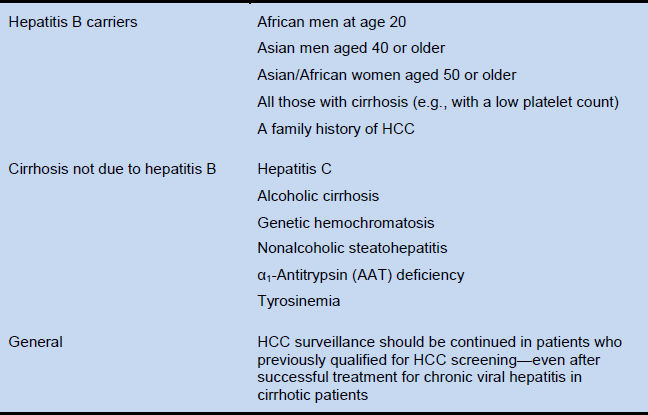



English World Gastroenterology Organisation
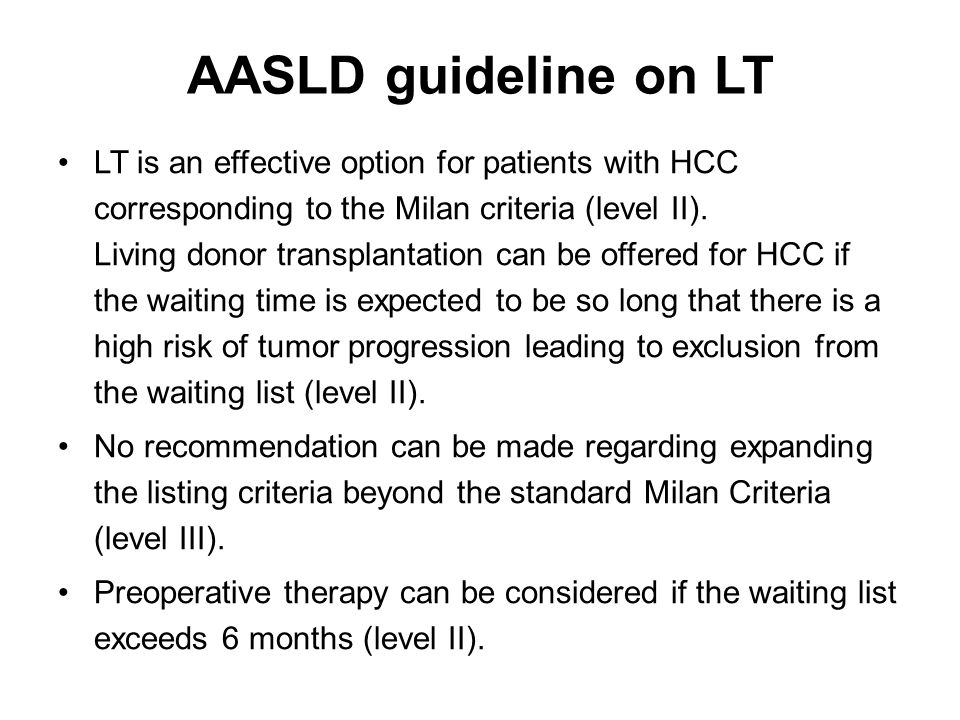



Management Of Hepatocellular Carcinoma Ppt Download




Diagnosis Staging And Management Of Hepatocellular Carcinoma 18 Practice Guidance By The American Association For The Study Of Liver Diseases Marrero 18 Hepatology Wiley Online Library




Criteria For Liver Transplantation For Hcc What Should The Limits Be Sciencedirect




Easl Eortc Clinical Practice Guidelines Management Of Hepatocellular Carcinoma Journal Of Hepatology
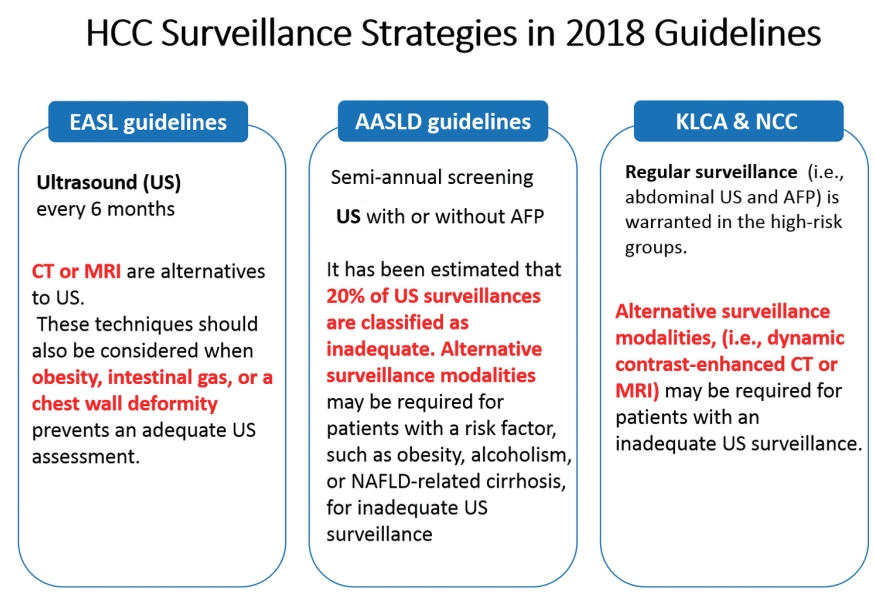



Liver Magnetic Resonance Imaging For Hepatocellular Carcinoma Surveillance
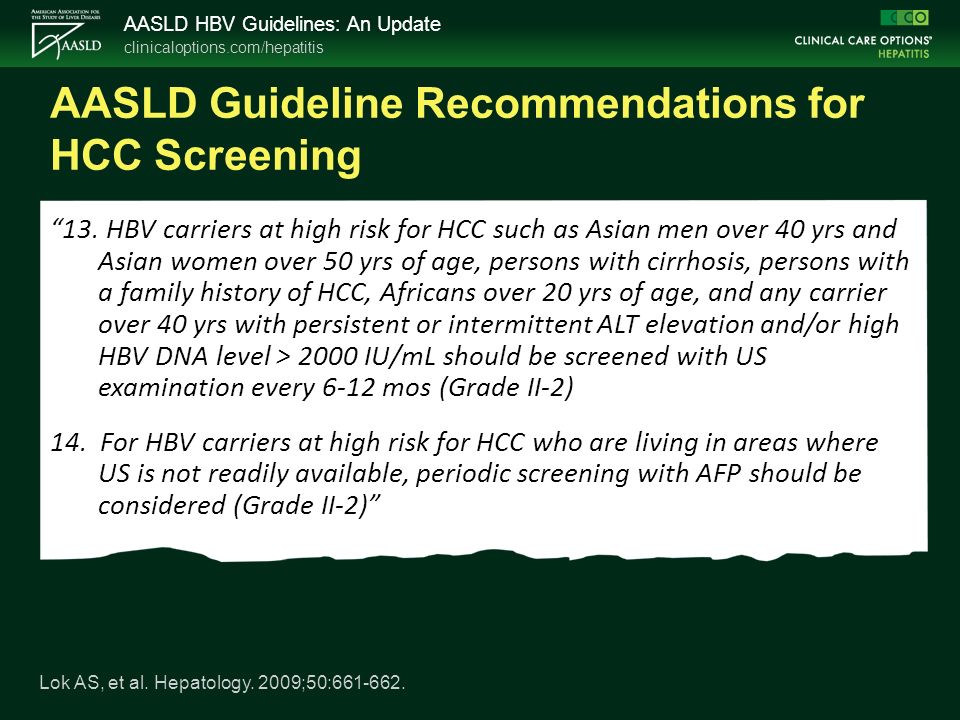



Understanding And Implementing The sld S Hbv Practice Guidelines Ppt Download




American Association For The Study Of Liver Diseases sld Expert Download Table




Easl Clinical Practice Guidelines Management Of Hepatocellular Carcinoma Journal Of Hepatology




sld Algorithm For Diagnosis Of Hcc Download Scientific Diagram




Diagnosis Of Liver Nodules Within And Outside Screening Programs Annals Of Hepatology




Changes Of Guidelines Diagnosing Hepatocellular Carcinoma During The Last Ten Year Period Abstract Europe Pmc




Management Of Hepatocellular Carcinoma An Update Bruix 11 Hepatology Wiley Online Library
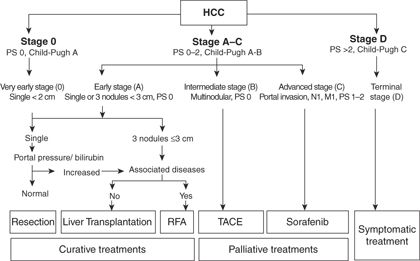



Hepatocellular Carcinoma Oncohema Key




Optimal Criteria For Hepatocellular Carcinoma Diagnosis Using Ct In Patients Undergoing Liver Transplantation Semantic Scholar
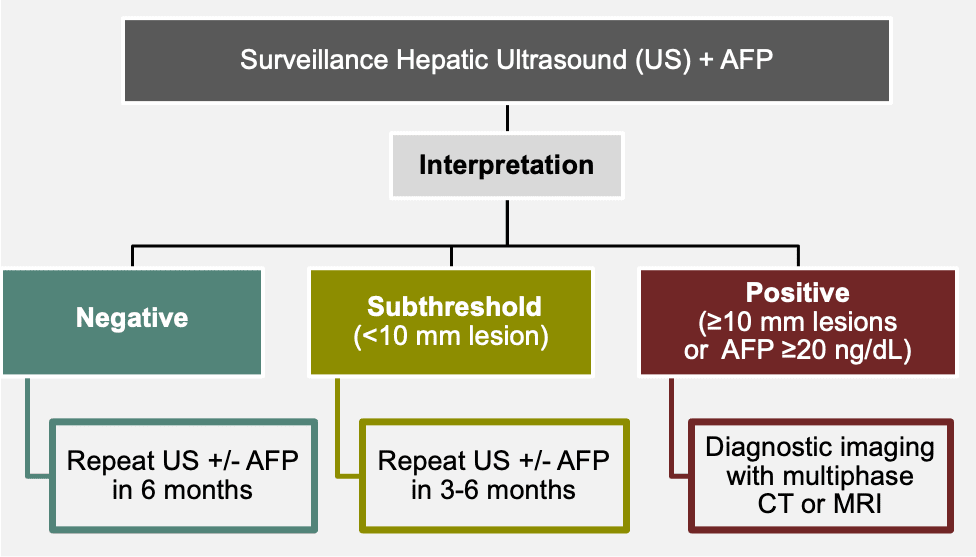



Core Concepts Screening For Hepatocellular Carcinoma Other Topics Hepatitis B Online




Disclosures Participated In The Following Advisory Boards Gilead Ppt Video Online Download



0 件のコメント:
コメントを投稿